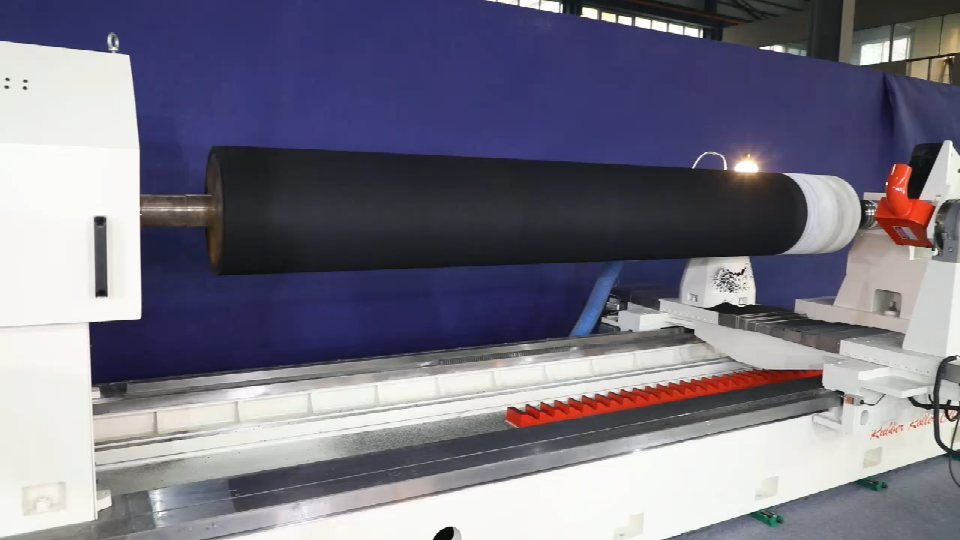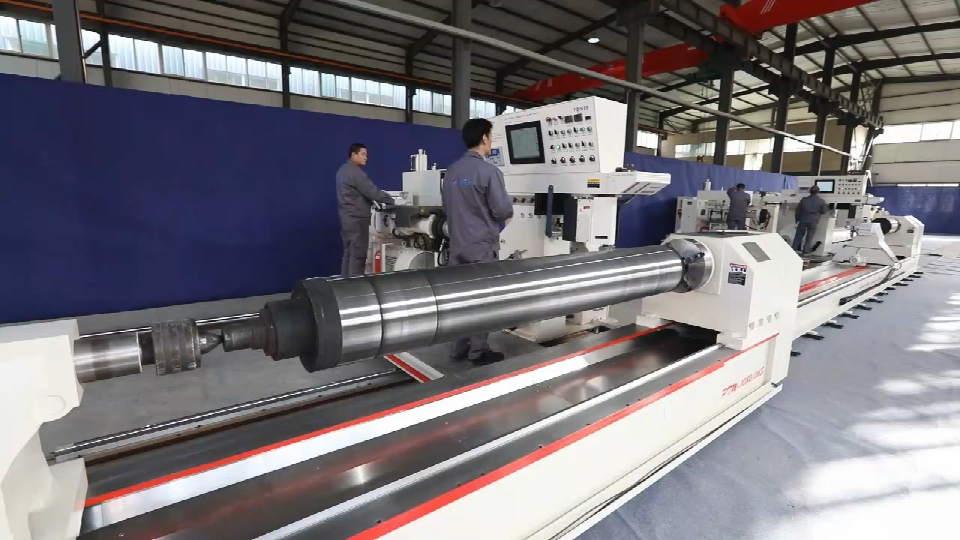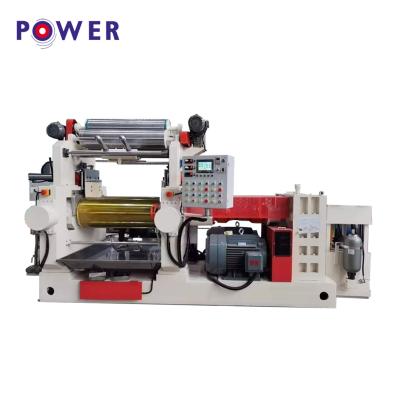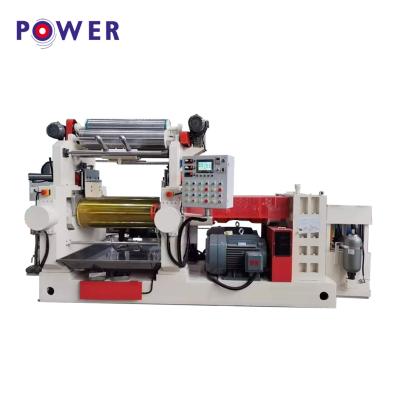Application and classification of general equipment for rubber rollers

Rollers are widely used in various industries as a versatile and essential type of equipment. In this article, we will explore the general applications and classifications of rollers.
Rollers are cylindrical components that rotate around a central axis. They are typically made of materials such as steel, rubber, or plastic, depending on the specific application. Rollers serve several purposes, including transportation, support, and material processing.
One of the most common applications of rollers is in conveyor systems. Conveyor rollers are used to transport objects or materials from one place to another. They can be found in industries such as manufacturing, logistics, and warehousing. Conveyor rollers are often made of steel or plastic, depending on the weight and type of material being transported.
Another important application of rollers is in material processing machines. For example, rubber rollers are commonly used in rubber processing equipment, such as rubber mills or extruders. These machines rely on the rotational motion of the rollers to shape, compress, or mix the rubber material. The surface of the roller may feature patterns or textures that help in achieving specific processing results.
Rollers can also provide support and stability to various types of equipment. In printing and packaging machines, for instance, there are rollers that support and guide paper or other substrates as they go through the printing or packaging process. These support rollers ensure smooth and accurate movement of the material.

Rollers can be classified into various categories based on their specific characteristics and functions. One common classification is based on their material. Steel rollers are commonly used in heavy-duty applications due to their strength and durability. Rubber or polyurethane rollers are often chosen for their grip properties and resistance to wear, making them suitable for applications where slip or abrasion needs to be minimized.
Rollers can also be classified based on their design and functionality. For example, conveyor rollers can be categorized into gravity rollers or powered rollers. Gravity rollers rely on the force of gravity to move objects along the conveyor, while powered rollers are motor-driven and provide controlled movement. This classification is important for selecting the appropriate type of roller for a specific application.
Additionally, the surface of a roller can be modified to fulfill specific requirements. Grooved rollers, for instance, feature grooves or channels on their surface to enhance grip or guide material. Heat transfer rollers are designed to provide efficient heat exchange in processes such as heat sealing or drying. These modifications allow rollers to cater to a wide range of industry-specific needs.
In conclusion, rollers are widely used in various industries for transportation, support, and material processing. Understanding their applications and classifications is crucial for selecting the right type of roller for a specific task. Whether it is for conveyor systems, material processing machines, or providing support, rollers play a significant role in enhancing efficiency and productivity in numerous industries.

